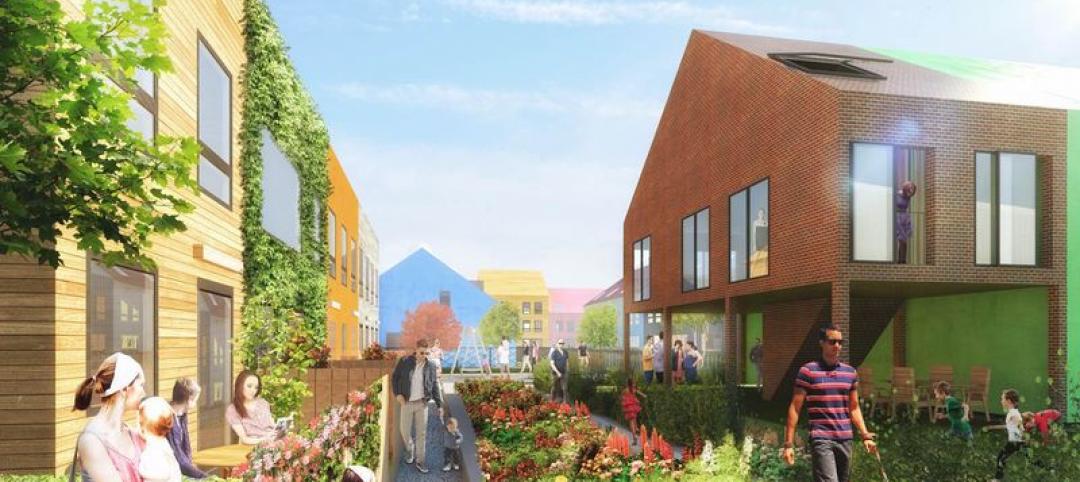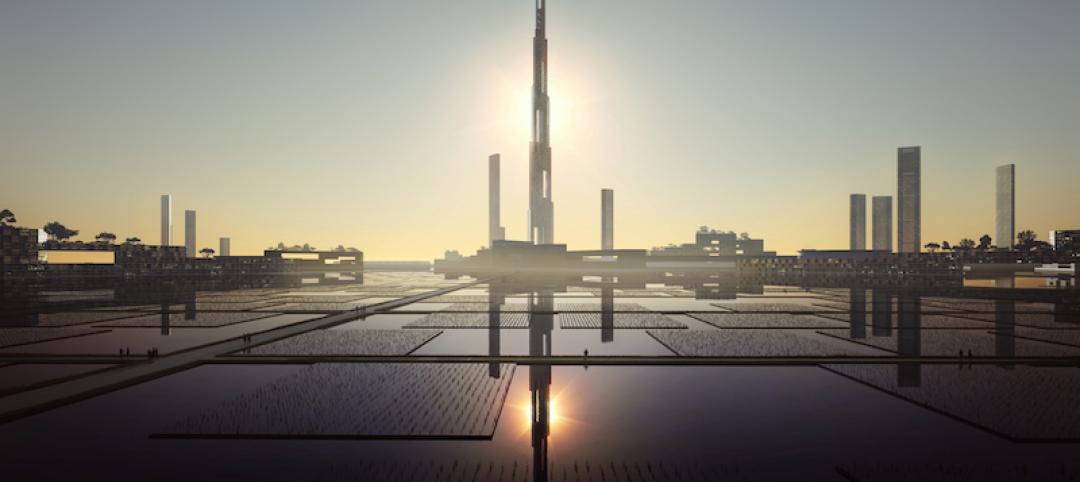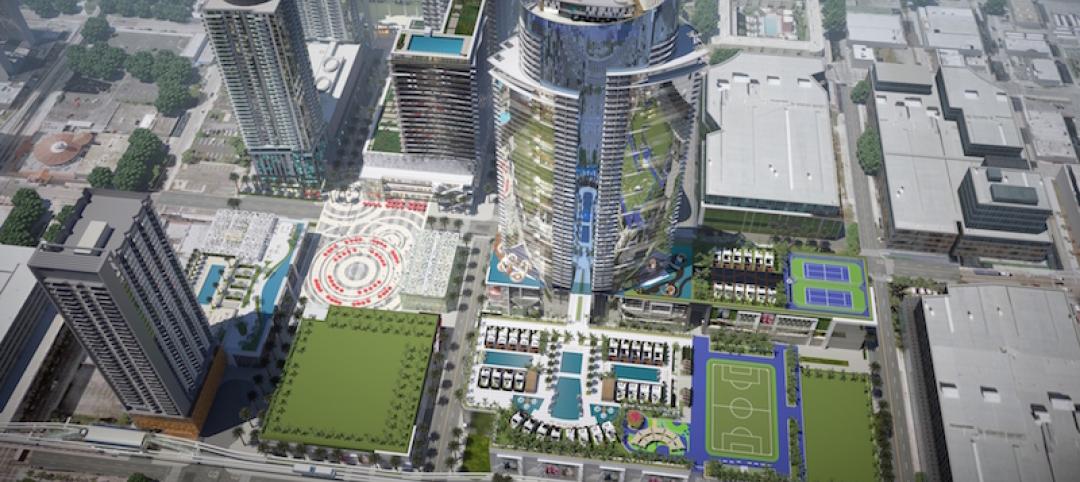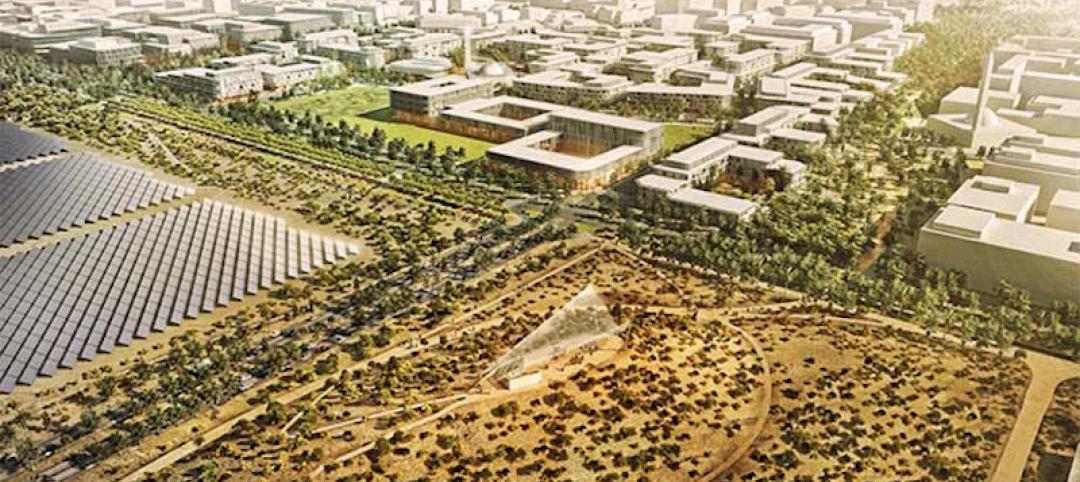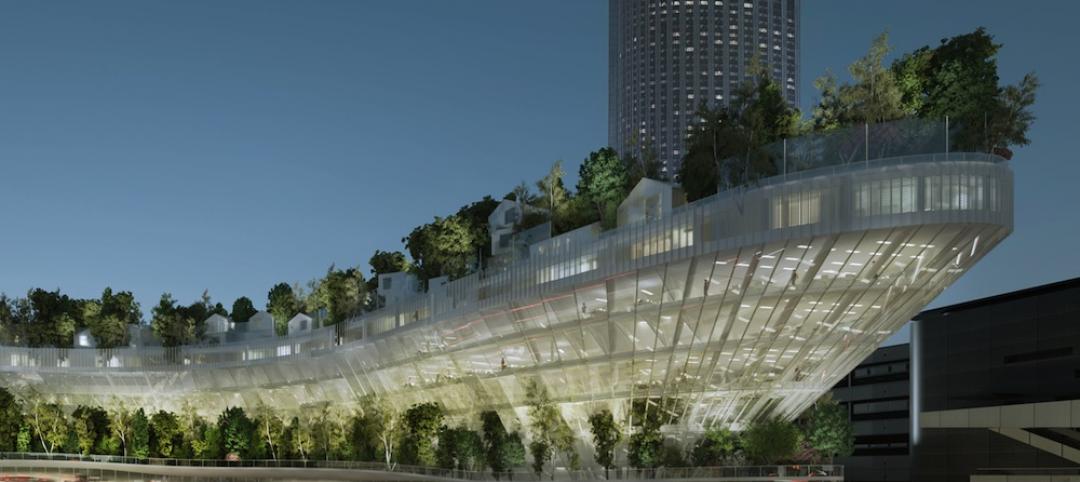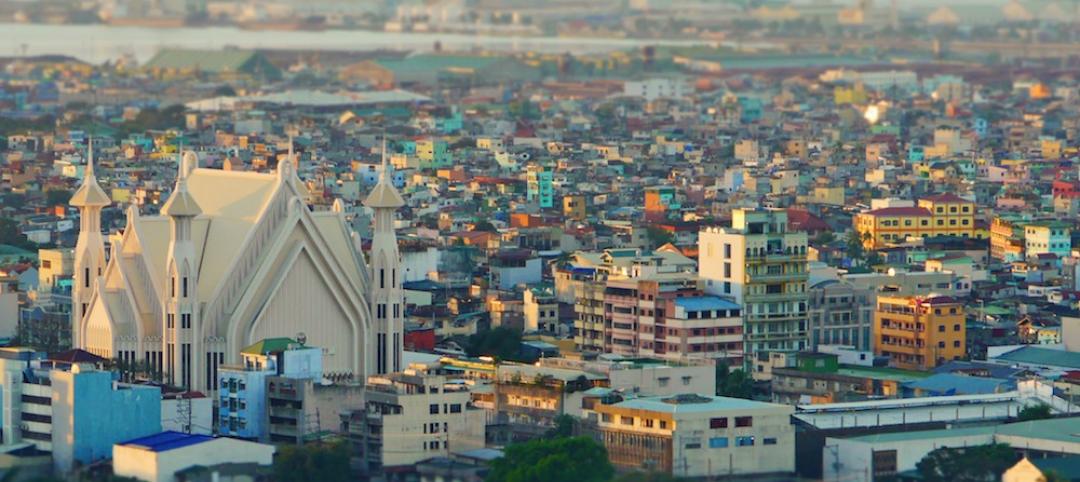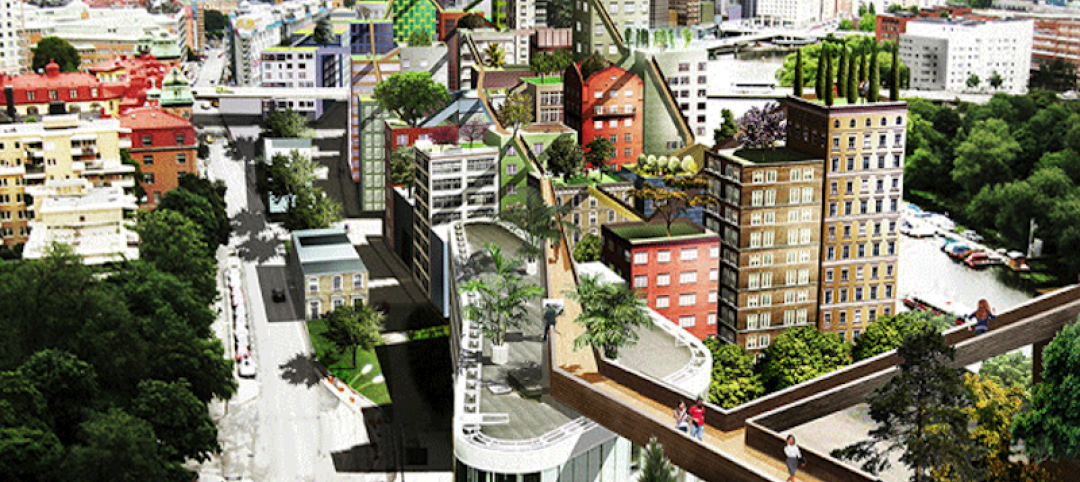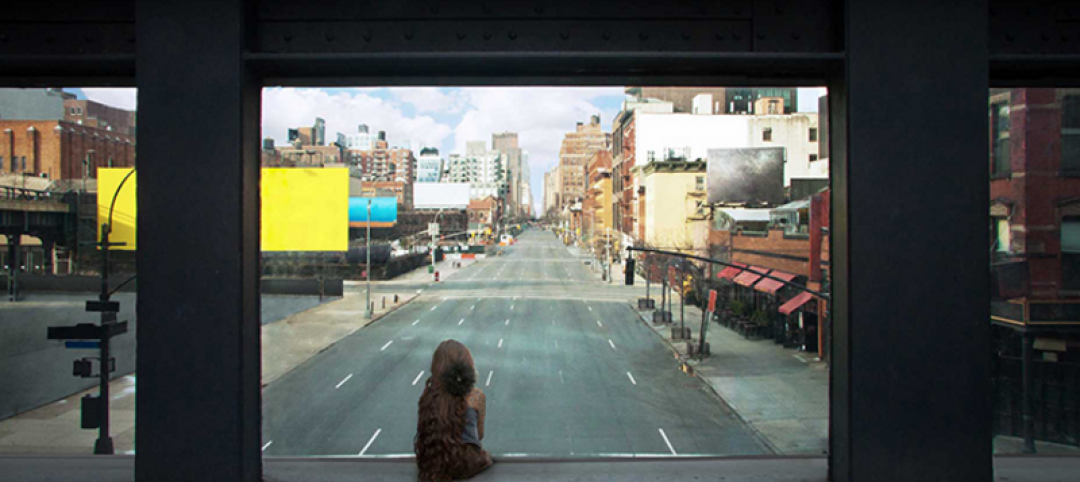Immigration policies have been front and center during this election year as candidates and citizens alike have thrown out their ideas for the best approach to the issue. And now, an architecture firm has put forth its own idea for how to solve the contentious problem surrounding country borders.
As ArchDaily reports, fr*ee, an architecture firm founded by Fernando Romero, has come up with the idea of creating a binational city on the border of the United States and Mexico. The city would be conducive to both sides of the border, use tools of enterprise such as special economic zones, and blend the cultures of each country to create something entirely new and unique.
The ‘border city’ would be situated in New Mexico, Texas, and Chihuahua, an ideal location thanks to the new inland port of Santa Teresa, the I-10 highway, the seven existing border crossings, and the population of the area totaling over 100 million people, meaning an introduction of a new city would actually be feaasible.
The masterplan for the project was unveiled at the London Design Biennale between Sept. 7 and Sept. 27. The concept has been designed so it is transferable for other binational cities around the world, but a specific city in a real world locale was needed in order to properly create the masterplan.
For more information go to fr*ee’s website or watch the video below.
Related Stories
Urban Planning | May 4, 2016
Brookings report details how different industries innovate
In the new report, “How Firms Learn: Industry Specific Strategies for Urban Economies,” Brookings' Scott Andes examines how manufacturing and software services firms develop new products, processes, and ideas.
Urban Planning | Apr 19, 2016
MVRDV wants to turn a former US Army barracks in Germany into a model for the future of suburban living
Blending traditional families with young couples and the newly retired, MVRDV hopes to transform traditional suburbs into diverse communities of shared experiences
High-rise Construction | Mar 10, 2016
Bigger, taller, wider: London’s skyline is about to have a major growth spurt
More than 100 tall buildings have been added to the plans for the capital city since this time last year, and the overall number of tall buildings planned for London is now over 400.
High-rise Construction | Feb 25, 2016
Kohn Pedersen Fox wants to build a mile-high tower in Tokyo
The tower would be the centerpiece of Next Tokyo, a mini city in Tokyo Bay adapted to climate change and rising tides.
Mixed-Use | Feb 18, 2016
New renderings unveiled for Miami Worldcenter master plan
The ‘High Street’ retail promenade and plaza is one of the largest private master-planned projects in the U.S. and is set to break ground in early March.
Green | Feb 18, 2016
Best laid plans: Masdar City’s dreams of being the first net-zero city may have disappeared
The $22 billion experiment, to this point, has produced less than stellar results.
Urban Planning | Feb 9, 2016
Winners named in 'reinventing Paris' competition
Architects submitted projects that redeveloped key parts of the city and incorporated green space features.
Urban Planning | Feb 2, 2016
Report identifies 600 cities that will drive economic growth through 2025
Of them, 440 are in emerging economies in China, South Asia, and Southeast Asia.
Urban Planning | Jan 21, 2016
Anders Berensson Architects re-imagines Stockholm as a city of skywalks
The Swedish firm’s "Klarastaden" plan connects the city via clear skyways that weave in and around the city’s buildings.
Urban Planning | Jan 19, 2016
Cities are booming, but do they have what it takes to sustain growth?
While cities are creating new jobs and attracting new residents, there are warning signs that suggest this current urban boom lacks the necessary sustainability that comes with focusing on the macro issues of community, affordibility, and displacement, writes Gensler’s Peter Weingarten.




